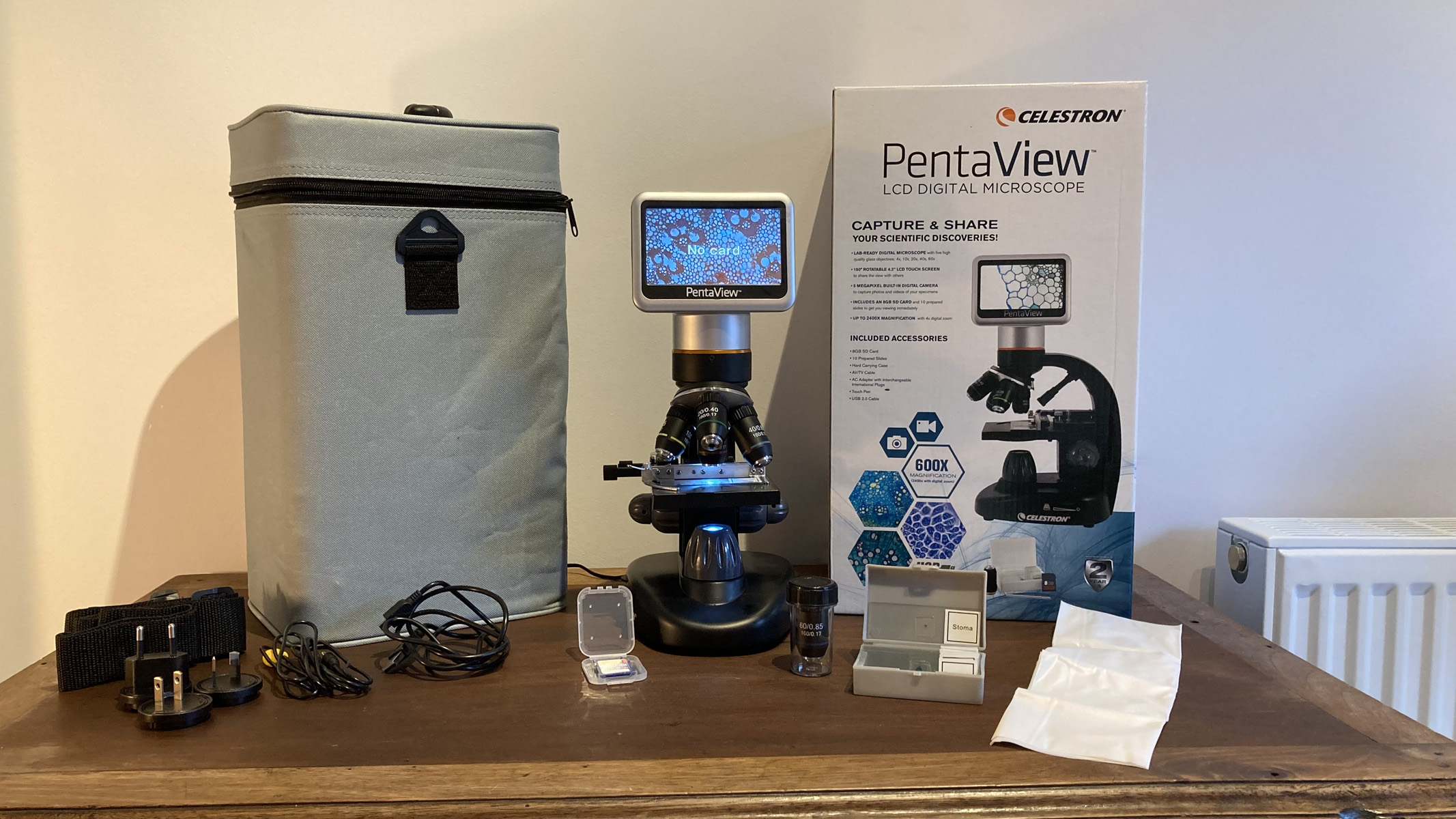Cancers, Vol. 16, Pages 3782: Novelty Classification Model Use in Reinforcement Learning for Cervical Cancer
Cancers doi: 10.3390/cancers16223782
Authors: Shakhnoza Muksimova Sabina Umirzakova Khusanboy Shoraimov Jushkin Baltayev Young-Im Cho
Purpose: Cervical cancer significantly impacts global health, where early detection is piv- otal for improving patient outcomes. This study aims to enhance the accuracy of cervical cancer diagnosis by addressing class imbalance through a novel hybrid deep learning model. Methods: The proposed model, RL-CancerNet, integrates EfficientNetV2 and Vision Transformers (ViTs) within a Reinforcement Learning (RL) framework. EfficientNetV2 extracts local features from cervical cytology images to capture fine-grained details, while ViTs analyze these features to recognize global dependencies across image patches. To address class imbalance, an RL agent dynamically adjusts the focus towards minority classes, thus reducing the common bias towards majority classes in medical image classification. Additionally, a Supporter Module incorporating Conv3D and BiLSTM layers with an attention mechanism enhances contextual learning. Results: RL-CancerNet was evaluated on the benchmark cervical cytology datasets Herlev and SipaKMeD, achieving an exceptional accuracy of 99.7%. This performance surpasses several state-of-the-art models, demonstrating the model’s effectiveness in identifying subtle diagnostic features in complex backgrounds. Conclusions: The integration of CNNs, ViTs, and RL into RL-CancerNet significantly improves the diagnostic accuracy of cervical cancer screenings. This model not only advances the field of automated medical screening but also provides a scalable framework adaptable to other medical imaging tasks, potentially enhancing diagnostic processes across various medical domains.

 1 month ago
14
1 month ago
14


